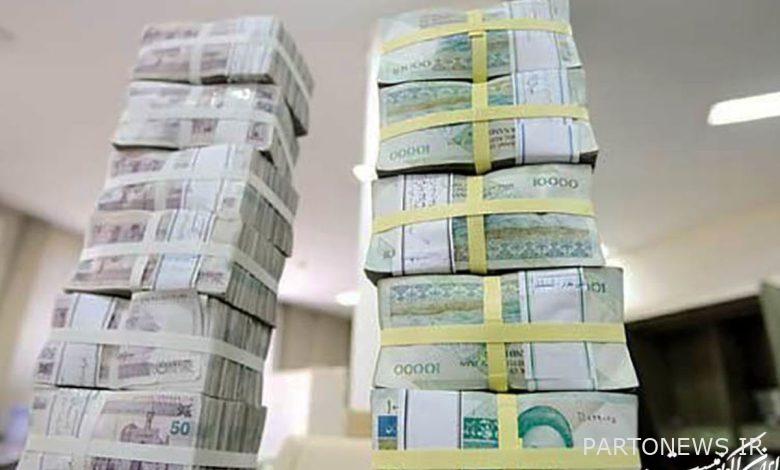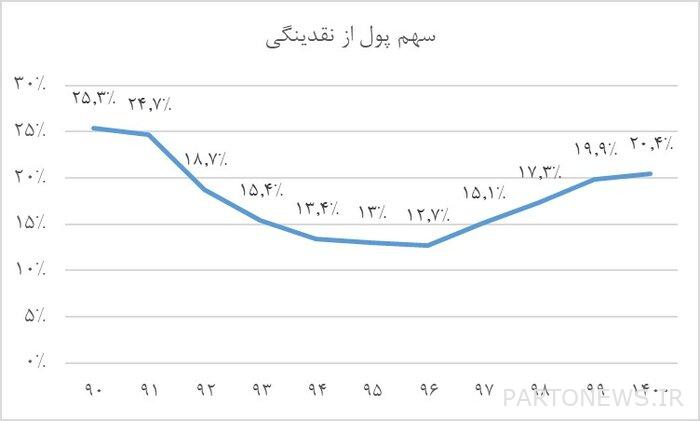The government’s fight with the most dangerous liquidity

According to the report of Iran Economist, the 13th government, after solving the Corona crisis, has now prioritized reducing the rampant inflation left by the previous government. Although the general path of inflation has been decreasing since the beginning of the 13th government until now (except for a temporary increase in June due to the reform of the foreign exchange subsidy), this decrease in inflation is progressing slowly.
In explaining the causes of slow inflation reduction, various reasons have been mentioned. The growth of global inflation following the war in Ukraine, the effects of the strong growth of the country’s monetary base in the previous government, especially in its final months, etc. are among them. However, the report of changes in monetary indicators of the central bank revealed another challenge in the issue of inflation.
Golan inflationary money in liquidity left over from the previous government
According to Central Bank statistics, the share of money in liquidity has increased from 12.7% in 2016 to more than 20% at the end of 2014. The chart below shows the trend of money’s share of liquidity.
According to the above graph, which was extracted from the data of the Central Bank, the share of the inflationary sector of liquidity, i.e. money, had a downward trend until the end of the year 2019, until it reached less than 19%. This process continued until 2016, but after that, the page turned and the liquidity inflation engine started. Since 2016, the share of money in uninterrupted liquidity has increased and crossed the 20% mark.
The interesting thing about this statistic is the huge difference in the two periods of the beginning of the previous government and the current government. When the previous government took office in 2019, the share of money in liquidity was on a downward path and finally reached 18.7% at the end of March 2019. However, the previous government ended its work in a situation that put this index on an upward path to make solving the inflation problem much more difficult for the 13th government than in 2012.
The hard work of the 13th government to solve the multi-layered inflation crisis
The almost two-fold increase in the share of money from liquidity shows that the path of the 13th government to reduce the inflationary fever of the country’s economy is not only to reduce the volume of liquidity; Because the significant growth of the share of money as an inflationary component of liquidity during the past years is another obstacle in the way of reducing inflation. However, according to the latest report of the Central Bank of monetary indicators, the share of money in liquidity has decreased to 19.7% in April this year. This means that the 13th government has been able to prevent the worsening of the liquidity mix in less than a year since starting its work.
The continuation of the government’s path to manage the basic components affecting inflation, paints a much better prospect of reducing inflation in the second half of this year and beyond.


